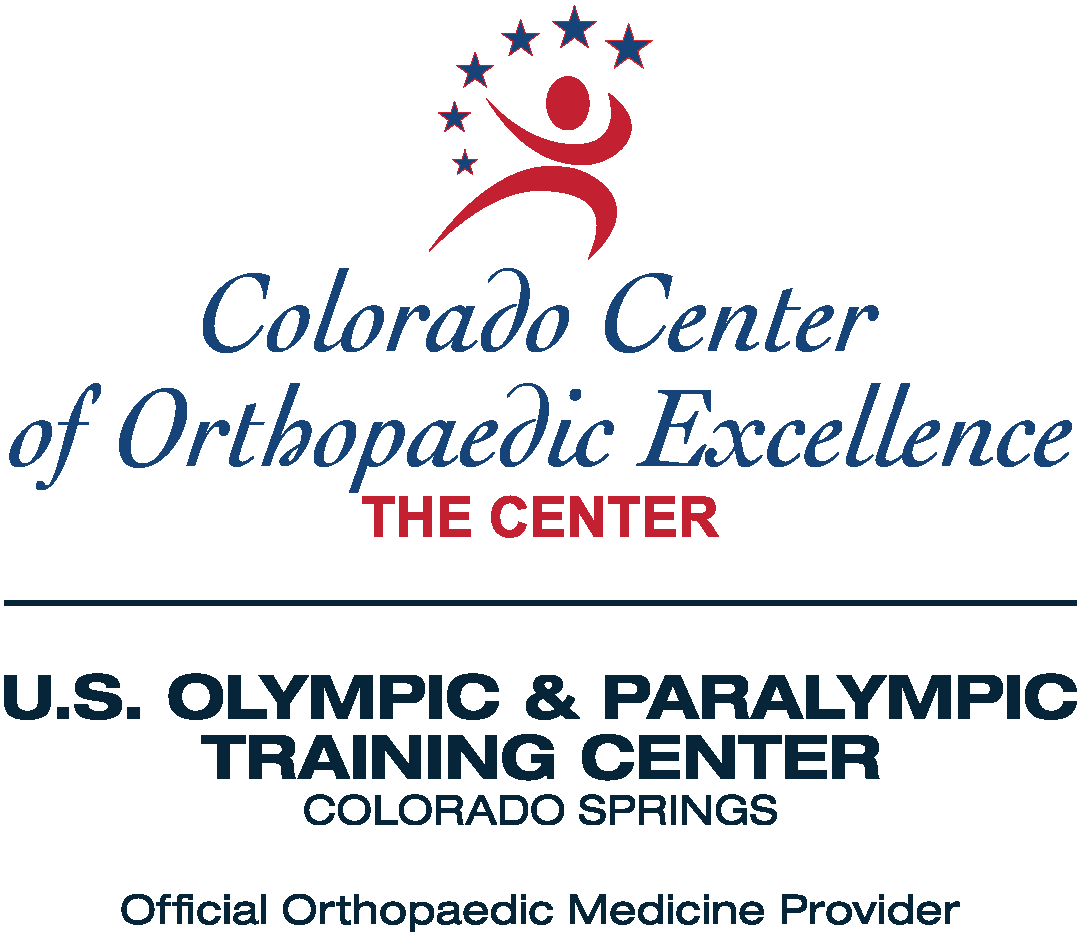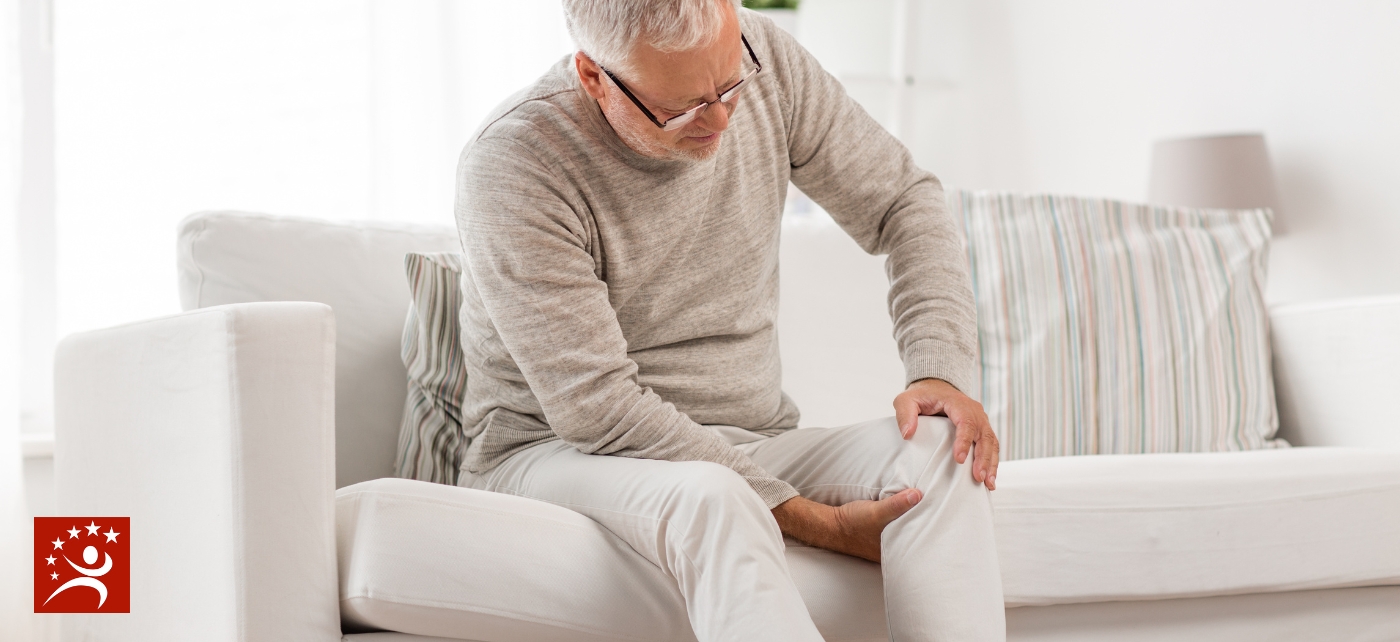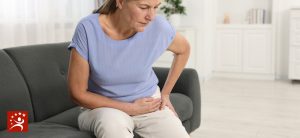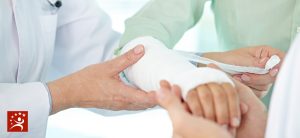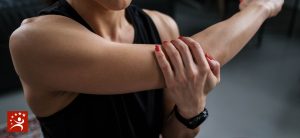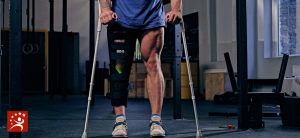Scoliosis is a condition where the spine curves to the left or right. It can be slight or severe, and there may or may not be a defined reason for developing the condition. Most of the time, scoliosis develops around the time of puberty. Adolescent girls get scoliosis more than boys, and children more than adults. In rare cases, scoliosis can also develop during adulthood.
Your spine has natural curves, like an S, that gently support your body and its movement. When a person has scoliosis, a sideways curvature is present. Some of the symptoms of scoliosis include pain, tingling in the extremities, and noticeable abnormalities in posture (like uneven shoulders or stooping). Nobody knows why people develop scoliosis, but there is some evidence of hereditary factors.
There are two types of scoliosis, idiopathic and degenerative. Idiopathic scoliosis usually develops in and is diagnosed in young adolescents. Idiopathic scoliosis may not be diagnosed until adulthood, either because there may have been no symptoms for many years, or the curvature has become more pronounced.
Degenerative scoliosis is more likely to occur in adults. Just like many orthopedic conditions faced by older adults, degenerative scoliosis is preceded by wearing down of the cartilage between the bones of the spine. The spinal bones collapse against each other and can deviate to the side. Osteoarthritis of the spine results in scoliosis for some people. Some patients will also have osteoporosis also add the possible complication of a fracture due to the pressure on the spinal curvature. But just as idiopathic scoliosis may not cause any symptoms or discomfort, the same is true for degenerative scoliosis. There is no need for treatment if it is not causing the patient any issues with pain or mobility. Of course, a patient is unlikely to seek treatment and be diagnosed if there are no troubling symptoms.
Some possible reasons for the increase in cases of adult scoliosis are that people are living longer, and more active lives. Wear and tear of the cartilage in the back happens more quickly when there is more movement, such as from running, playing sports, or just walking. People also are more likely to seek out help for back pain than they may have been in the past. As the field of orthopedic medicine develops and specialists are more widely available, people increasingly know where to go with their back pain and they have more trust in orthopedic physicians who can help.
The severity of scoliosis is measured in degrees that the spine moves away from the center. If the curve is less than 40 degrees, most of the time conservative methods of treatment are effective in reducing or eliminating symptoms and preventing further curvature. Conservative treatments may include medication, physical therapy, or braces to provide stability and decrease pain. Surgical correction is a possible treatment for severe cases of scoliosis. Spinal surgery carries a significant risk of complications, so it is not normally considered unless there is severe pain or deformity. Each case is unique, so the surgery is performed with the goal of preventing further pain and damage in addition to correcting the abnormalities.
Patients in the Colorado Springs area who have sports injuries or any orthopedic injury trust the Colorado Center for Orthopaedic Excellence to provide the best care. If you have an orthopedic injury or condition, call (719) 623-1050 for an appointment today.
